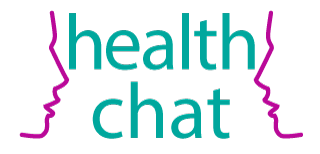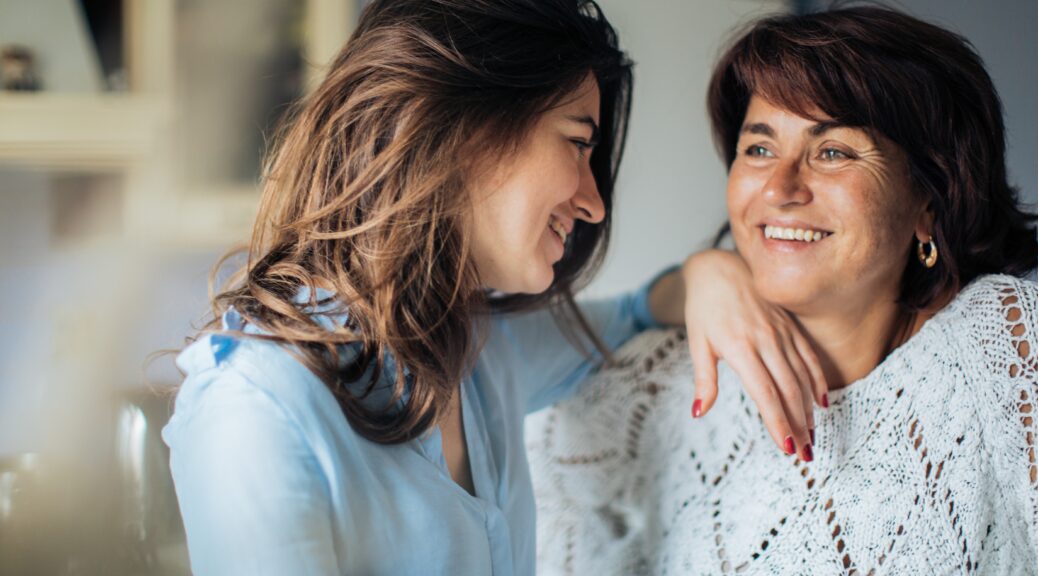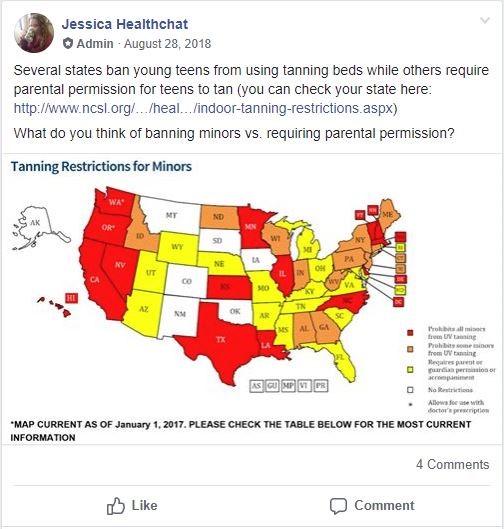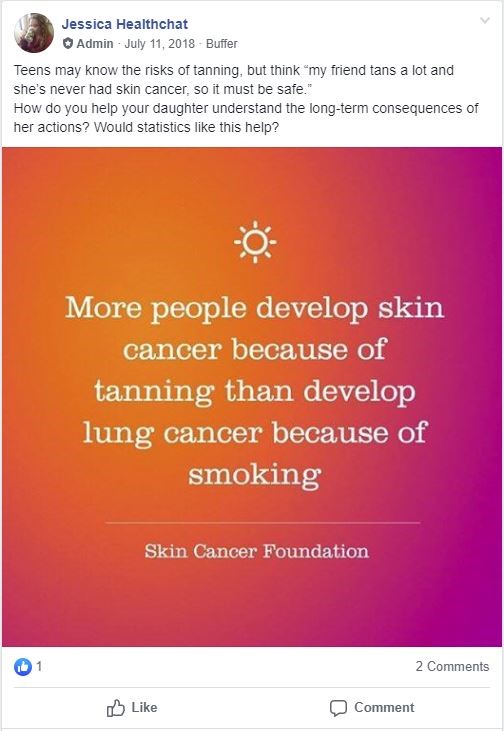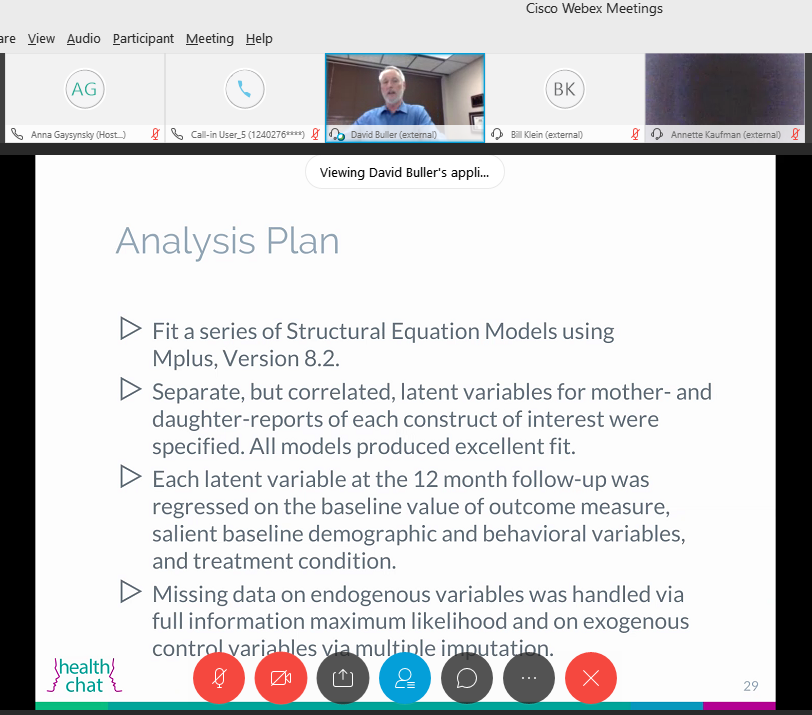Mothers’ Reactions to a COVID-19 Prevention Facebook Group
Social media platforms have been a tool for disseminating recommendations and updates on COVID-19. Christie Idiong from the University of Connecticut presented qualitative findings from the COVID-19 Health Chat program at the 43rd Annual Meeting & Scientific Sessions of the Society of Behavioral Medicine in Baltimore, MD, April 6-9 2022.
The COVID-19 Health Chat program was a 9-week Facebook-delivered intervention to provide mothers of teenage daughters with messages promoting non-pharmaceutical interventions and vaccines, teaching digital and media literacy, and supporting family communication around COVID-19.
After the intervention, the research team conducted semi-structured interviews with 30 mothers. Mothers were asked: 1) “What did you like the most about being in the Facebook group?”, 2) “What did you like least?”, 3) “What did you think of the information sources used?”, and 4) “How would you compare the quality of the information you received in this Facebook group relative to other sources of information you’ve encountered during the pandemic?”.
Responses to each question were double coded and summarized. When asked what they liked most about the program, the most common response was the reliable information provided, followed by interacting with group members. When asked what they liked least, the most common responses indicated they did not dislike anything about the group, disliked extreme opinions from other mothers, and lacked interest in the information. When asked about sources used in the Facebook feed, the most common responses said sources were credible and helpful, followed by not recalling the sources, and sources being biased. When asked how the information in the group compared to other sources they encountered in the pandemic, most participants responded it was about the same or better quality, followed by not remembering the content. Most participants indicated that information they received was reliable, helpful, and of similar or better quality than what they had previously encountered.
Future research is needed to understand how individuals in the general population determine a source of information is reliable and how prevention communication on other health topics can be disseminated with similar success.
This research is funded by a grant and supplement from the National Cancer Institute (CA192652; Dr. David Buller and Dr. Sherry Pagoto, Multiple Principal Investigators). Authors on this poster presentation include Dr. Sherry Pagoto, Christie Idiong, Joseph Divito, Kaylei Arcangel, and Haley Troy from the University of Connecticut; and Julia Berteletti, Dr. Barbara Walkosz, Dr. Gill Woodall, Alishia Kinsey, and Dr. David Buller from Klein Buendel.

